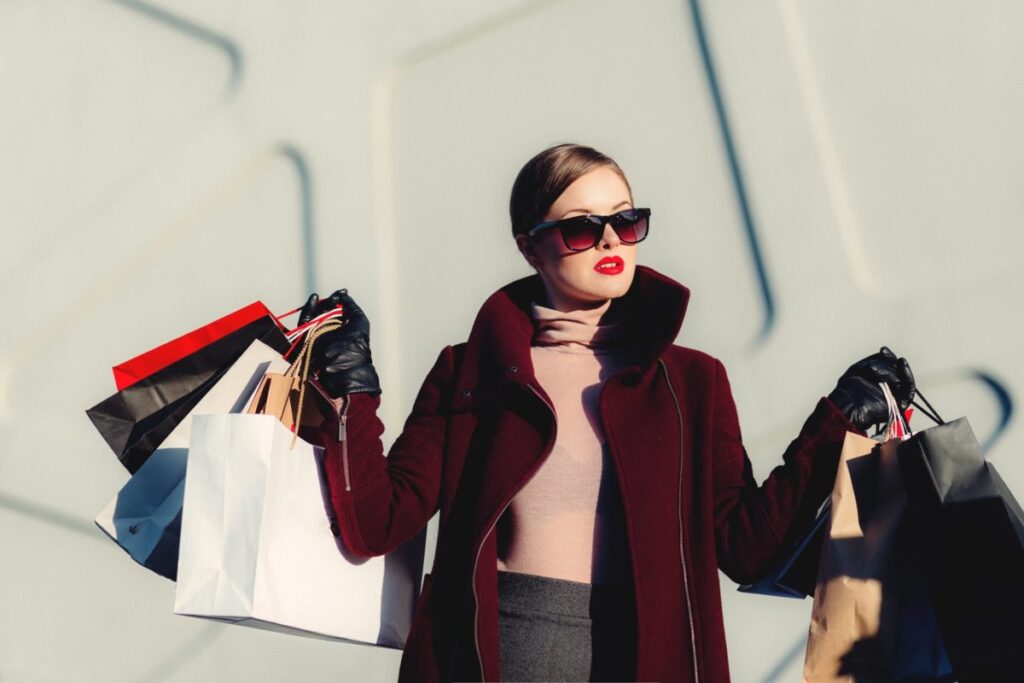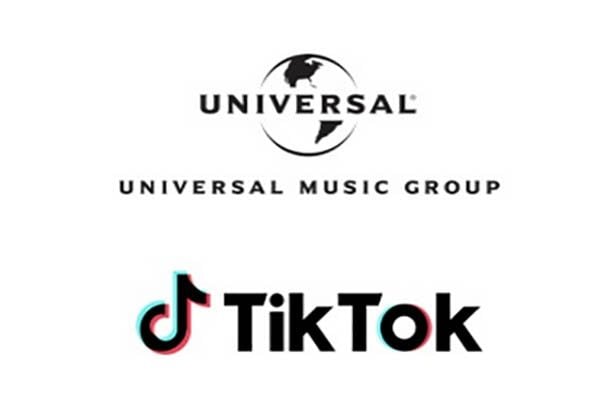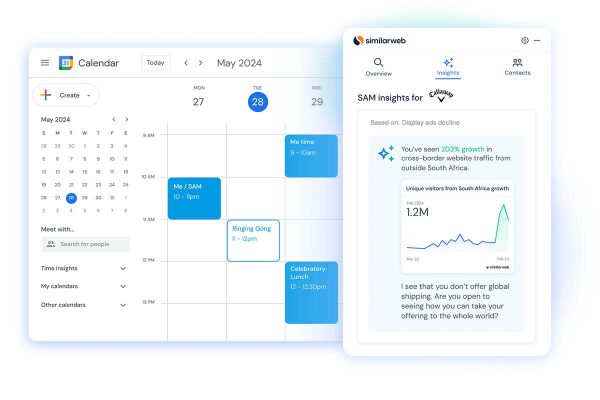Alibaba could be set to see a boom in luxury western retailers as Chinese millennials and Generation Z are set to become the dominant driver of luxury consumption over the next decade, with a seismic impact for brands as they try to build followings in an increasingly digital world.
The country’s millennials – born 1985 to 1995 – and Generation Z – born after 1995 – accounted for 34% of discretionary disposable income in China in 2015 but this is forecast to rise to 50% by 2025, according to the 2017 Chinese Luxury E-Commerce Whitebook report from Secoo, Asia’s largest high-end e-commerce platform, and Tencent, the largest data company in China.
The report – which leverages Secoo’s unique insight into customers and Tencent’s expertise in big data – found that almost half (48%) of luxury shoppers by number in China were under 30 in 2017.
And tapping into this huge potential market could see main stream western luxury brands turn to native marketplaces such as Alibaba to gain a rapid foothold in the region and help overcome issues with language, currency and logisitics.
Young generation embrace online
Some 42% of Chinese millennials tend to shop online, compared with 34% of Generation X – born between the middle of the 1960s and early 1980s – and 28% of baby boomers – born 1946 to 1964. The average age of the online shopper of luxury in China is now 25 and, as the desire of young people to shop online shows no sign of abating, this post-90s generation is also becoming another powerful group in luxury consumption.
Eric Chan, CEO of Secoo, explaons: “Millennials and the younger Generation Z look set to change the balance of power in Chinese luxury consumption over the coming years and how brands respond to them will be important to their future success. While it is critical to engage digitally and through omni-channel services, these younger customers also want experiences that excite and speak to them as individuals, their social values and growing appetite for exclusive experiences.”
Secoo is already tapping into this growing demand for diverse offerings in an increasingly digital environment with its integrated online and offline strategy including our physical offline ‘experience centers’, where customers can indulge in services including yoga, photography studio and tea drinking, as well as personalised shopping at our boutique hotel partners.”
Online luxury sales in China increased by 12% in 2016, compared with a growth rate of just 2% for the offline (store based) market. While online accounted for 8% of total luxury sales in 2017, it will account for 9% next year and then keep growing each year to reach 13% by the end of 2021, the report found.
Social media movement
This younger generation of shoppers is highly active using online and social media channels, such as Weibo and WeChat – with digital media accounting for 76% of where they source the latest luxury information and insight, while traditional media only accounts for 24%.
Customer usage of video of catwalk shows for sourcing fashion content, for instance, is now relatively low (8.5%), compared with fashion (16.4%) and brand websites (18.3%), social media (15%) and celebrities (10.8%). Luxury brands are now realising the importance of digital content, such as video streaming, and those running direct e-commerce and via WeChat has increased significantly from 2014 to 2017, according to Secoo.
As of May 2017, 40% of fashion brands and 38% luxury watch & jewellery brands had developed direct sale e-commerce, increasing by 20% and 24% respectively compared to that of 2014.
Chinese consumers are stepping up their buying of minority brands – as opposed to famous and high-profile logos – as they seek more personalised and less mainstream experiences. For example, as streetwear trend has gradually become more mainstream this has led to more young people embracing and becoming fans of brands, such as Supreme and Vetements.
Corporate responsibility radar
The country’s younger generation also now pay more attention to corporate social responsibility, with brands’ values and sustainability strategies influencing their purchases and mirroring consumers’ personality and social views.
Overall, with consumers’ requirements diversifying hugely, luxury brands will need to focus their attention on how to successfully cultivate customer loyalty rather than on increasing sales volumes through a single channel. This means giving consumers the convenience of omni-channel services – often in partnership with third-parties.
Whether this is through online, click & collect or personal shopping services, brands need to not only give customers the convenience of shopping when, where and how they want, but also treat them like an individual client.
In addition, brands need to develop a long-term connection with customers – beyond attractive products – and provide them with exclusive experiences and unparalleled client services.
Secoo’s ‘experience centers’
In terms of its own integrated offline and online platform, Secoo is opening its own experience centers in Tier-2 cities – which now are rivalling Tier-1 cities for luxury spending – largely in China, and rolling out customized suites in hotels for customers to sample merchandise, as well as further synchronizing Secoo’s supply chain with the physical stores of leading fashion and lifestyle brands. The Group expects to open an additional four experience centers by the end of this year to give it a total of ten, including its existing five offline centers in China and an additional one in Malaysia.
Overall, China’s luxury market has powered ahead again with strong growth this year and is forecast to continue growing robustly through 2021.
Luxury sales in China are set to grow by 7% to 531 billion renminbi (RMB) in 2017 only marginally lower than the exceptional 8% growth the previous year, following a slowdown from 2013 to 2015, revealed the report from Secoo and Tencent.
The report also found that growth in the Chinese luxury market is forecast to grow each year by 4% over the next five years to reach of 617 billion RMB in 2021, ahead of growth in the worldwide market.
Reduced import duties boost China’s domestic consumption
The global luxury market grew by 3.2% to $US 402 billion in 2017 and is forecast to rise by 3.6% (2018), 2.2% (2019), 3.4% (2020) and 2.4% (2021). The US remains the biggest market globally accounting for 22% of luxury sales but China is a close second with 21% and the world’s most populous country’s superior growth through 2021 should see it become the largest.
Key drivers behind the return to form of China’s luxury shoppers over the last two years have included the Chinese government introducing policies to stimulate demand for domestic luxury consumption by reducing import duties on categories, such as cosmetics, luggage and apparel.
Before these measures were introduced, the annual growth rate in luxury consumption by Chinese shoppers overseas was higher than domestically until 2015. Since then, lower prices – partly driven by lower import duties – have contributed to Chinese consumers making fewer purchases overseas and increased domestic consumption.
The report’s data was collected before China cut import tariffs on a further 187 consumer goods, from whisky to cashmere clothing, at the beginning of December.
In terms of categories, Chinese purchases of luxury wine recovered strongly in 2016 and now account for 76% of total consumption, ahead of 7% for apparel and footwear, 6% for leather products, 4% for clocks and watches, 3% for jewellery and 2% for cosmetics/ personal care products.
Of these categories, the consumption of cosmetics and personal care products increased significantly by 9% year-on-year and by 6% and 5% in jewellery and apparel & footwear, respectively, but sales of clocks and watches declined, as it did those of stationery.
Secoo has grown rapidly to become Asia’s largest online luxury transaction platform, based on gross merchandise volume data, according to Frost & Sullivan. Secoo grew its GMV increase from RMB 488 million in 2012 to RMB 3,470 million in 2016. In the past five years, Secoo’s transaction volume has continually remained at a higher growth rate, which reflects the growth trend of the overall luxury e-commerce industry.
The 2017 China Luxury E-Commerce Whitebook report follows Secoo’s strong financial results in its first quarter as a public company after floating on the Nasdaq Stock Exchange in September. For the third quarter to 30 September 2017, Secoo’s GMV reached US$209.6 million, representing an increase of 65.4% from Q3 2016. Total net revenue reached US$147.6 million, up 44.2% from Q3 2016.







